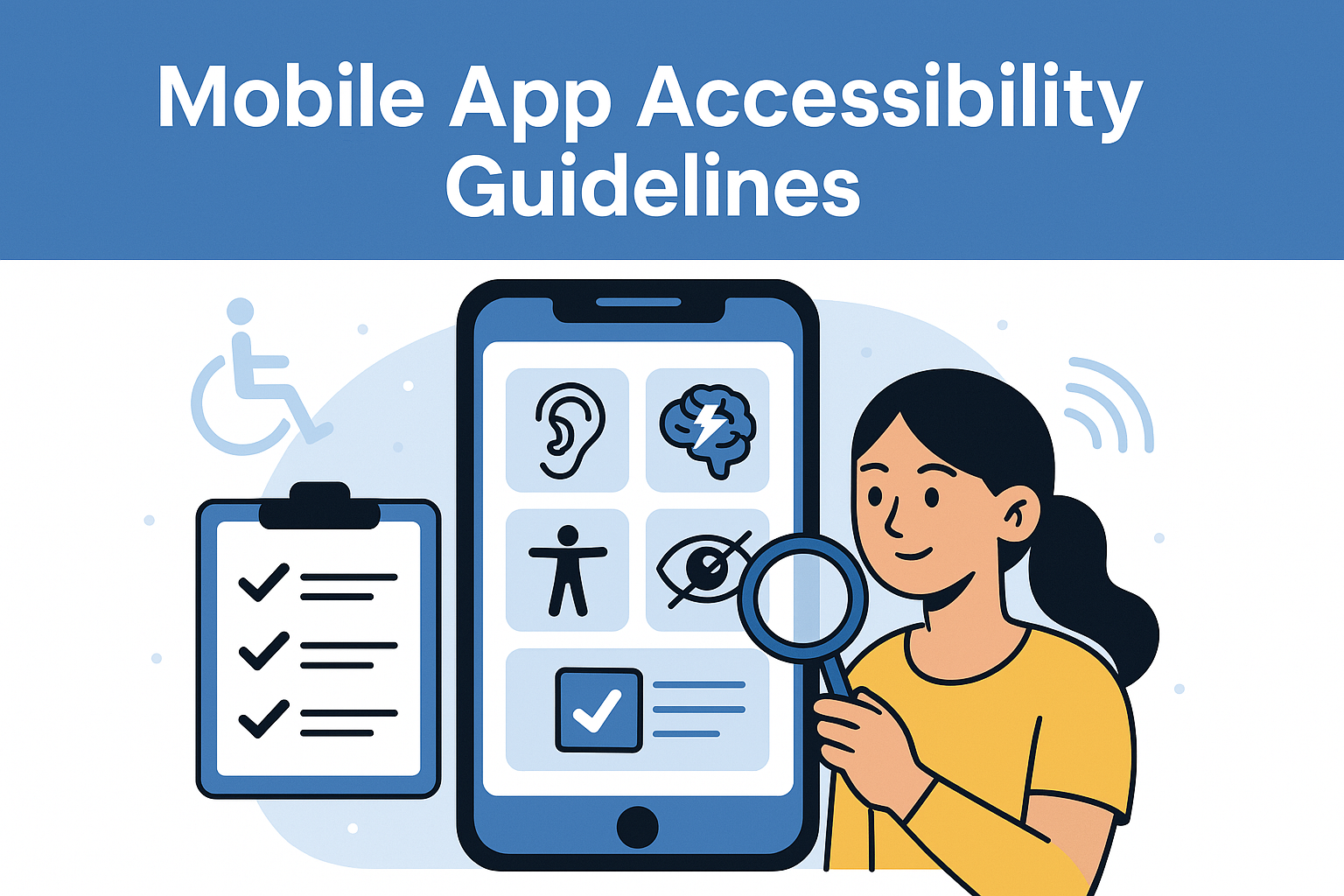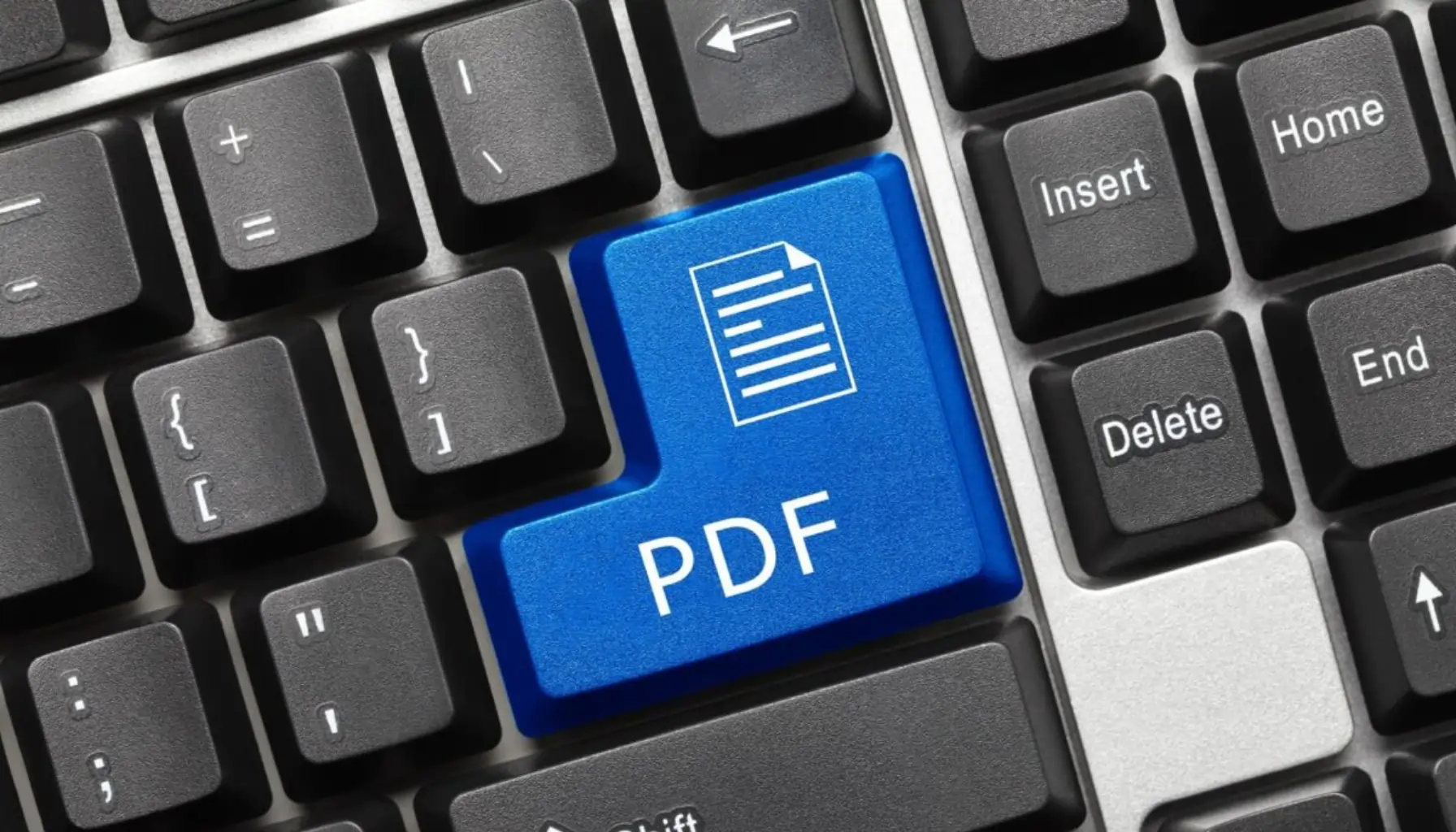Ensuring mobile app accessibility is essential for creating an inclusive user experience. Accessible mobile apps allow people with disabilities to interact seamlessly, improving usability, compliance, and overall engagement. In Canada, AODA (Accessibility for Ontarians with Disabilities Act) and ACA (Accessible Canada Act) require mobile apps to meet WCAG (Web Content Accessibility Guidelines) standards for inclusivity.
By following mobile app accessibility guidelines, developers can make their apps usable by people with visual, auditory, cognitive, and motor impairments. This guide outlines key accessibility best practices, testing tools, and compliance standards to help businesses create AODA-compliant mobile apps.
What is Mobile App Accessibility?
Mobile app accessibility ensures that apps are usable by all individuals, including those with disabilities. It involves designing apps that support screen readers, voice control, adaptive text sizes, and touch-friendly navigation.
Why Does Mobile App Accessibility Matter?
✔ Legal Compliance: In Canada, apps must comply with AODA, ACA, and WCAG 2.2 to avoid legal penalties.
✔ Improved User Experience: Accessibility features enhance usability for everyone, not just disabled users.
✔ Expanded Market Reach: 1 in 5 Canadians lives with a disability—ensuring accessibility opens your app to a wider audience.
✔ Better SEO and App Store Rankings: Accessible apps rank higher on app stores due to improved usability and compliance.
Neglecting mobile accessibility standards can lead to poor usability, legal risks, and lost users.
Essential Mobile App Accessibility Guidelines
1. Text and Readability
✔ Use large, scalable fonts for better readability.
✔ Ensure sufficient contrast between text and background.
✔ Allow users to adjust text size without losing functionality.
2. Touch Targets and Navigation
✔ Ensure buttons and touch elements are large enough for easy selection.
✔ Maintain consistent navigation across app screens.
✔ Provide multiple input methods (touch, keyboard, voice).
3. Voice Control and Screen Readers
✔ Ensure compatibility with VoiceOver (iOS) and TalkBack (Android).
✔ Use semantic HTML and ARIA labels to guide screen reader users.
✔ Provide audio feedback for key interactions.
4. Captioning and Transcripts
✔ Add closed captions for videos to assist hearing-impaired users.
✔ Provide audio transcripts for podcasts or recorded content.
✔ Ensure multimedia content supports multiple accessibility formats.
5. Color and Contrast
✔ Maintain a 4.5:1 contrast ratio for text.
✔ Avoid relying on color alone to convey information.
✔ Offer high-contrast mode settings for visually impaired users.
6. Keyboard Accessibility
✔ Ensure all app features can be used without a touchscreen.
✔ Support external keyboards for users with motor impairments.
✔ Provide focus indicators for selected elements.
Tools and Resources for Testing Mobile App Accessibility
1. Google Lighthouse
✔ An open-source accessibility auditing tool for web and mobile.
✔ Provides WCAG compliance reports and usability feedback.
2. Apple’s Accessibility Inspector
✔ A developer tool for iOS accessibility testing.
✔ Identifies screen reader compatibility issues and touch target problems.
3. Android Accessibility Scanner
✔ Analyzes Android apps for text contrast, touch targets, and missing labels.
✔ Helps developers improve Android accessibility compliance.
4. Third-Party Accessibility Auditing Tools
✔ axe DevTools: Identifies app accessibility issues.
✔ WAVE Mobile Accessibility Checker: Tests mobile website compatibility.
✔ Pope Tech: Scans for WCAG 2.2 compliance.
Using these accessibility testing tools ensures compliance with AODA mobile app requirements.
Steps to Make Your Mobile App Accessible
1. Conduct an Accessibility Audit
✔ Use accessibility evaluation tools to identify usability barriers.
✔ Perform manual testing with assistive technologies.
2. Implement Best Practices During App Development
✔ Follow WCAG, AODA, and ACA guidelines.
✔ Build intuitive navigation, scalable fonts, and screen reader compatibility.
3. Test with Assistive Technologies
✔ Conduct real-user testing with individuals using screen readers and adaptive devices.
✔ Verify that all interactions are accessible.
4. Gather Feedback from Users with Disabilities
✔ Engage with accessibility testers to assess real-world usability.
✔ Continuously improve accessibility features based on user input.
Conclusion
Mobile app accessibility guidelines are essential for legal compliance, user experience, and business growth. Ensuring WCAG compliance makes mobile apps more inclusive and functional for all users, especially those with disabilities.
By implementing accessible mobile app design, developers can:
✔ Avoid AODA and ACA penalties.
✔ Improve customer satisfaction and retention.
✔ Expand their market reach.
Need help making your mobile app AODA-compliant? Contact us today for an expert accessibility audit!
FAQs
What laws govern mobile app accessibility in Canada?
Mobile apps must comply with AODA, ACA, and WCAG 2.2 standards to ensure accessibility for users with disabilities.
How can I test my mobile app for accessibility?
Use tools like Google Lighthouse, Apple Accessibility Inspector, and Android Accessibility Scanner to identify accessibility issues.
What are common accessibility barriers in mobile apps?
✔ Small, hard-to-click buttons
✔ Lack of keyboard navigation
✔ Missing alt text for images
✔ Poor color contrast
✔ No captions for videos or transcripts for audio
How do I make my mobile app accessible?
✔ Follow mobile accessibility standards (AODA & WCAG).
✔ Ensure keyboard and screen reader compatibility.
✔ Add closed captions and high-contrast design.
What happens if my mobile app doesn’t meet accessibility standards?
Non-compliance can result in legal penalties, lawsuits, and customer complaints. It can also limit your market reach.







